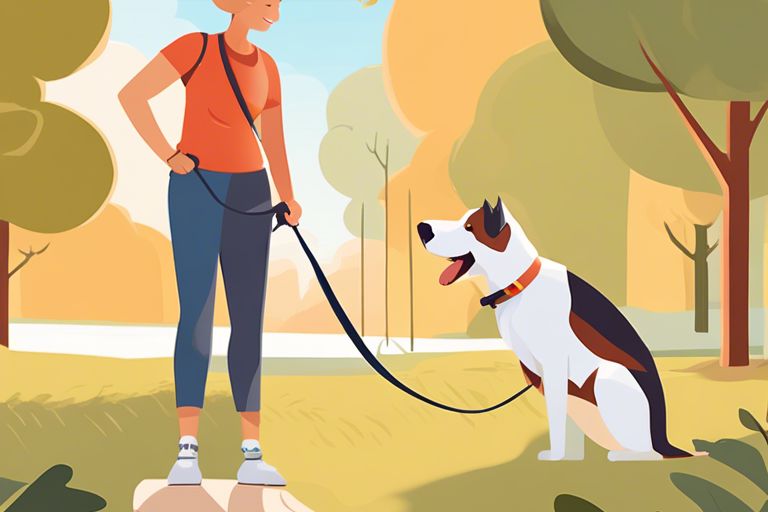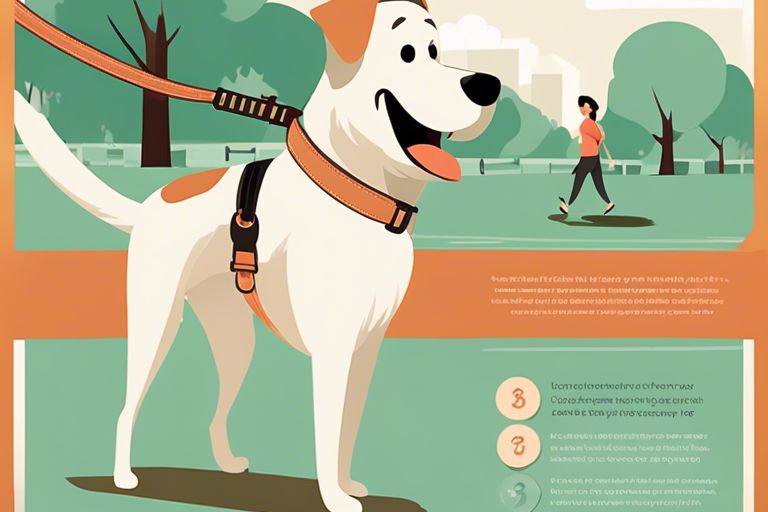Leash training your canine companion is an essential skill that will ensure both their safety and your peace of mind during walks. Whether you have a new puppy or an older dog, it’s important to understand the best methods for effective leash training. From establishing a positive association with the leash to using positive reinforcement techniques, there are several strategies you can implement to successfully train your dog to walk obediently by your side. In this informative blog post, we will discuss some of the most effective and reliable methods for leash training your furry friend, so you can enjoy stress-free walks together.
Key Takeaways:
- Consistency is key: When leash training a dog, it’s important to be consistent with your commands and gestures. Dogs respond well to routine, so regular walks and consistently enforcing leash rules will help them learn quickly.
- Positive reinforcement: Using positive reinforcement, such as treats or praise, can greatly motivate a dog to behave well on a leash. By rewarding good behavior, your dog will be more inclined to repeat it in the future.
- Patience and persistence: Leash training takes time and patience. It’s important to remain calm and patient, as well as consistent with the training, in order to effectively teach your dog how to walk on a leash without pulling or misbehaving.

Preparing for Leash Training
Some dogs may be resistant to leash training initially, so it’s important to prepare yourself and your canine companion for the process. Before diving into leash training, it’s essential to make sure you have the proper equipment and a good understanding of your dog’s behavior and needs.
Selecting the Right Leash and Collar
When it comes to selecting the right leash and collar for your dog, it’s crucial to choose a leash that is strong and durable. A standard 6-foot leash made of nylon or leather is a good choice for most dogs. For smaller breeds, a lighter and thinner leash may be suitable, while larger, stronger dogs may require a thicker, sturdier leash. Additionally, choose a collar that fits your dog comfortably and securely. A properly fitting collar should allow you to slip two fingers between the collar and your dog’s neck. There are various types of collars, such as flat buckle, martingale, and harnesses, so it’s important to choose one that suits your dog’s size and behavior.
Understanding Your Dog’s Behavior and Needs
Before beginning leash training, it’s crucial to understand your dog’s behavior and needs. Take the time to observe how your dog reacts to various situations, as this will give you insight into the best approach for leash training. Some dogs may be fearful or anxious about wearing a collar or being restrained by a leash. Others may be overly exuberant and pull on the leash. Identifying your dog’s behavior and needs will help you tailor your training methods to address specific challenges and provide the most effective training for your unique companion.
Core Leash Training Techniques
The key to successful leash training for your dog is to utilize the right techniques. Here are some core leash training techniques that will help you to effectively train your dog to walk on a leash.
Positive Reinforcement
The most effective way to train your dog to walk on a leash is through positive reinforcement. Whenever your dog walks beside you without pulling on the leash, be sure to praise and reward them with treats or affection. This will encourage them to continue walking calmly.
Consistency
Consistency is key when leash training your dog. Make sure to use the same commands and signals every time you take your dog for a walk. This will help them understand what is expected of them and reinforce good behavior.
Patience
Leash training takes time and patience. It is important to remain calm and patient with your dog, as they may not pick up on the training right away. Remember to reinforce positive behavior and not to get frustrated with setbacks.
Proper Equipment
Using the right leash and collar is crucial for successful leash training. Make sure to choose a leash and collar that are appropriate for your dog’s size and strength. A harness can also be a great tool for leash training, especially for dogs that tend to pull.
Distraction Management
While leash training, it’s important to practice in an environment with minimal distractions at first, and then gradually introduce more challenging environments. This will help your dog to focus on walking calmly without getting distracted.
By following these core leash training techniques, you can help your dog to become a well-behaved and obedient companion on walks. Remember to remain consistent, patient, and positive throughout the training process, and you will see positive results.














